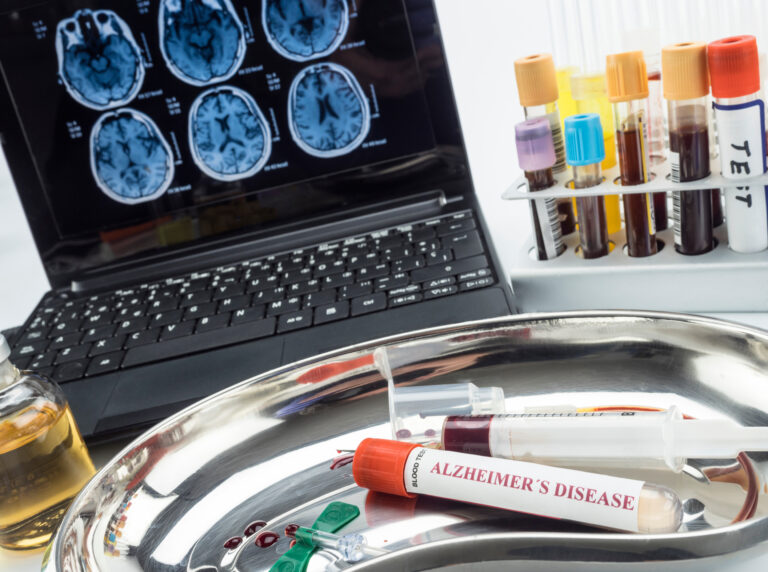Aging has long been surrounded by a cloud of myths and misconceptions, many of which fuel entire industries—from anti-aging products to retirement planning services. But recent insights are revealing truths about aging that could disrupt these established markets.
First, the idea that getting older means inevitable mental decline is being challenged. For decades, people believed memory loss and slower thinking were unavoidable parts of aging. However, new research shows that while some cognitive skills might slow down slightly, others actually stay strong or even improve with age. Our brains are remarkably adaptable thanks to something called neuroplasticity—the ability to form new connections and reorganize itself throughout life. This means learning and mental growth can continue well into old age, defying the stereotype of a brain in steady decline.
This shift in understanding undermines the foundation of many anti-aging claims that promise miraculous cognitive boosts or reversal of mental aging but often deliver little more than hope wrapped in marketing.
Another common myth is that health problems like cataracts only affect the elderly because they’re just part of “getting old.” In reality, factors such as diabetes, steroid use, eye injuries, genetics, and even lifestyle choices like excessive screen time or sun exposure can cause these issues at any age. Modern medical advances mean treatments once thought suitable only for seniors—like cataract surgery—are now safe and effective for younger patients too.
These revelations challenge industries built on fear: companies selling expensive supplements claiming to prevent cognitive decline; eye care businesses promoting outdated ideas about who needs treatment; even financial advisors pushing overly cautious retirement plans based on assumptions about inevitable health deterioration.
As we learn more about how aging really works—how our minds adapt rather than simply decay and how health conditions arise from diverse causes beyond just years lived—the market must evolve too. Products promising eternal youth may lose credibility when science shows natural aging isn’t a problem to be “fixed” but a process we can navigate with knowledge and care.
In this new light, embracing realistic views on aging could lead us away from costly scams toward smarter investments in lifelong wellness—mental stimulation through learning experiences instead of pills; regular health check-ups regardless of age rather than waiting for symptoms; financial plans designed around actual capabilities instead of worst-case scenarios tied solely to chronological age.
The truth about aging is not bleak—it’s empowering—and it threatens industries built on outdated fears by offering a clearer path forward grounded in science rather than hype.





